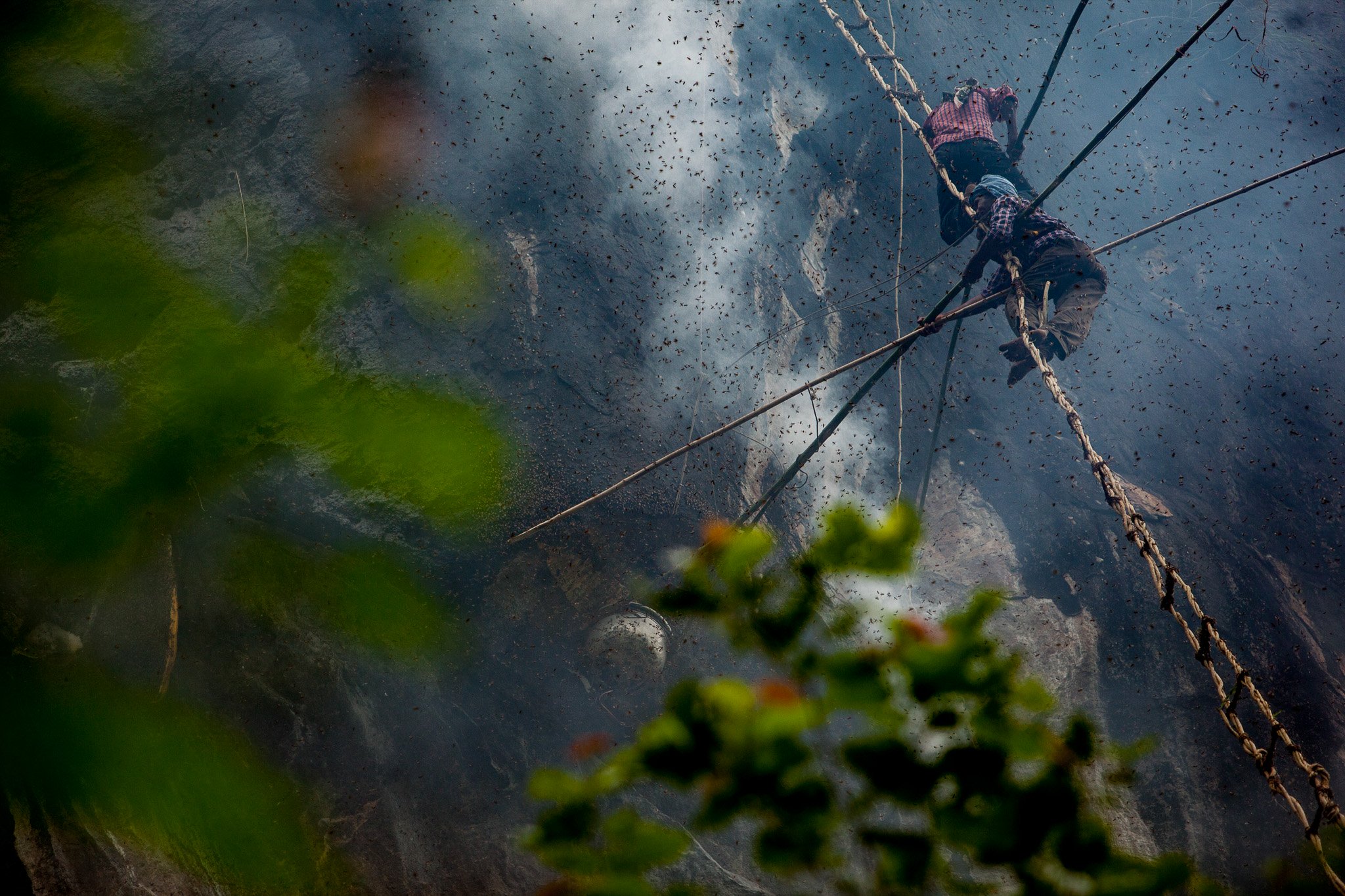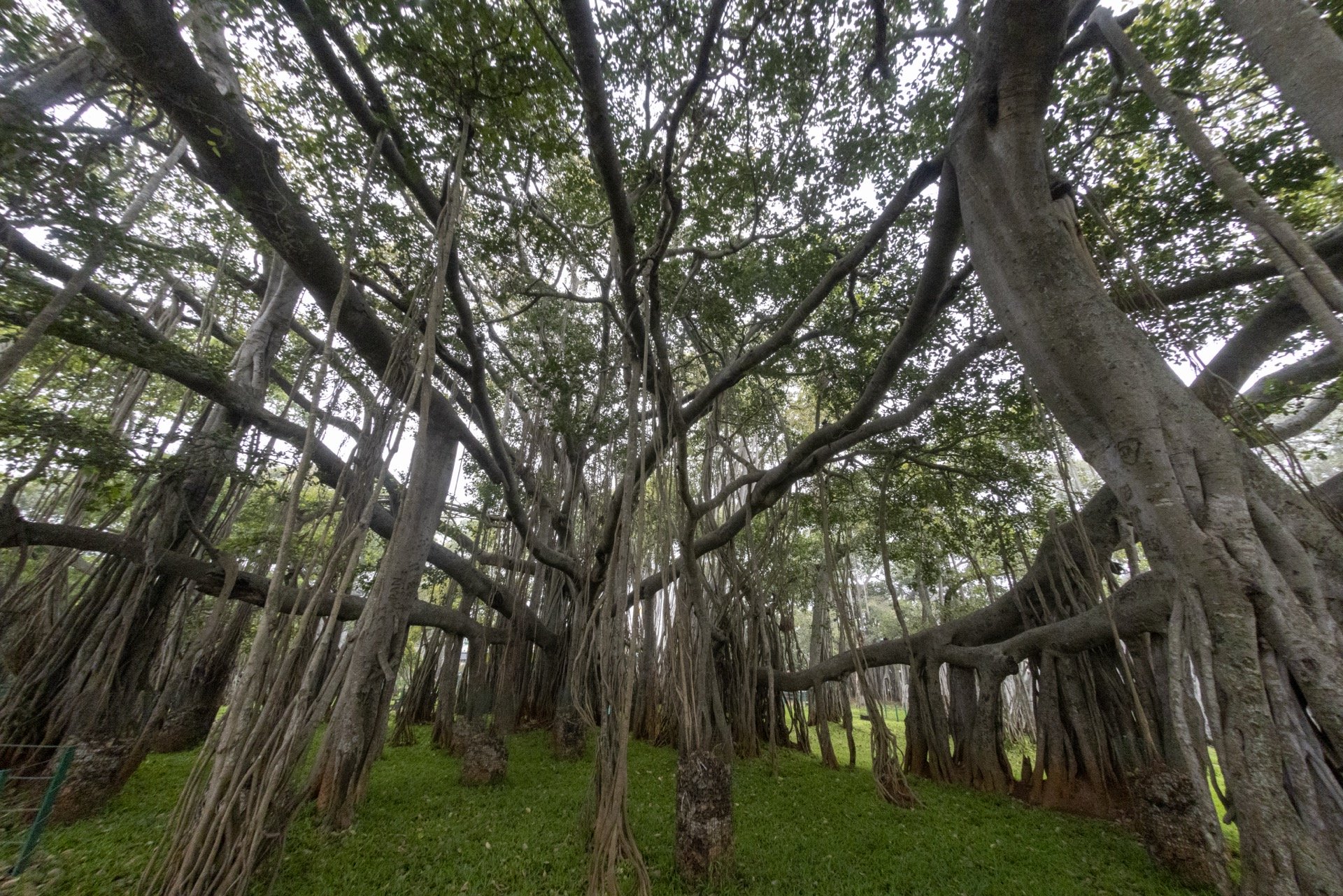Stories of Cultures Rooted In Nature

The Golden Harvest
Catherine Gilon / Ramya Reddy
The indigenous tribes of the Nilgiris Biosphere Reserve follow ancient practices in honey-collection that allow co-existence of bees and humans. They have managed to protect the fragile ecosystem around them for centuries, and conservationists believe that they could be part of the solution to save India’s dwindling wild bee population.

Sacred Spaces of Myristica Swamps
Priya Ranganathan / Pradeep Hegde
Among the tangled roots and dark waters of Uttara Kannada’s Myristica swamps, nature and spirituality entwine in a relationship as old as the land itself. These unique freshwater swamps, hidden deep within the forests, are seen as sacred by local communities. Myths and taboos keep these places undisturbed, preserving not only the ecosystem but also the cultural fabric that has flourished around them. In the myths of these swamps, nature is no mere backdrop—it is a protagonist, a guardian, and a guide.

A Tale as Old as Time
Arvind Lakshmisha / Vidya Ramesh / Yashpal Rathore
In Tulu Nadu, the tiger dance (Hulivesha) has been a traditional way of portraying the big cat’s power, and appeasing the protective goddess to prevent animal attacks. It was performed in different variations by landless farmers, who danced from house to house after the harvest. Over the decades, it has taken the shape of a rigorously orchestrated team performance in cities, vying for big sponsorship. However, the spirit of the tiger remains alive in the form of this dance.

Three Trees, Three Stories
Seema Mundoli / Harini Nagendra / Yashpal Rathore
In cities overshadowed by man-made infrastructure, it is easy to forget the living heritage such as trees that stand as silent witness to the struggle between humans and the environment. Here is the story of three trees in Bengaluru that have histories woven with the city’s growth and decline. There are many such natural monuments that play an unnoticed role in making our harassed urban existence easier.

The Ancient Tamarind Trees of Nallur
Meera Iyer / Sanjana Raj
About 10 km east of Bengaluru’s Kempegowda International Airport is a unique grove of around 275 tamarind trees, at a place called Nallur. This 53-acre grove is famous for its extraordinarily long-lived trees that have remained alive through centuries and witnessed the rise and fall of dynasties. Declared a Biodiversity Heritage Site in 2007 by the Karnataka government, it is also home to a ruined but stunning temple that predates the trees. To add to their allure, the origins of both the copse and the temple remain unknown.

Kōlam: The art of everyday sustainability
Sharmila Vaidyanathan / Karthik Rajagopal
In Tamil Nadu, women begin their day by drawing a kōlam first thing in the morning outside their doorstep as a daily ritual. But at the intersection of the art form and the aesthetics lies a subtle message to preserve the Earth and be mindful of the beings we share space with.

Deepavali in Another Light
Savita Uday / Pradeep Hegde
In a quaint village near Gokarna, the temple town nestled in Uttara Kannada, Deepavali takes on a one-of-a-kind charm. Known as Madina Habba or Boore Habba, this festival of lights transforms into a celebration of medicinal herbs, blending tradition with ecological mindfulness.









